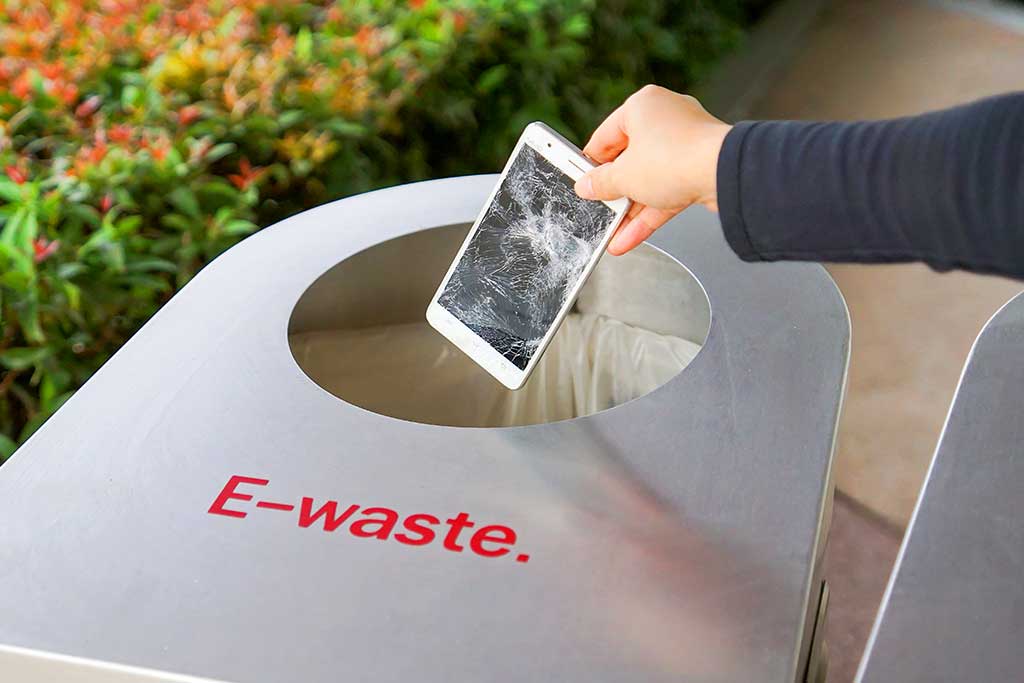Insights
Are you ready for everything-as-a-service (XaaS)?
5 minutes
21st February 2024
Share this article:
The rise of cloud computing has opened up new ways to experience technology.
Analysts report that use of cloud-based software has been growing in popularity both with individuals and organisations. By 2025, for example, at least 50% of enterprise software will be cloud-based.
And spending on software-as-a-service (SaaS) applications which are rented is growing. According to Gartner, this will rise by approximately 39% between 2022 and 2024.
This can be seen as part of a wider trend around the rise of the rental economy, where there are more options to hire and subscribe to products and services rather than owning them.
The rise of a brand new delivery model
Cloud computing has influenced more than just software. It’s led to the development of a delivery model for a much wider range of technology services and options that are called everything-as-a-service or anything-as-a-service (XaaS).
Traditionally, it’s made up of three main segments:
- Software-as-a-service (SaaS): software that is available on a rental basis which is regularly updated
- Platform-as-a-service (PaaS): the renting out of a complete online environment that encompasses both development and deployment, which is sometimes used for custom and bespoke development to meet the individual needs of organisations
- Infrastructure-as-a-service (IaaS): where organisations can rent their entire infrastructure with virtual services, storage and networking elements, all on a pay-as-you-go basis without the need for physical servers
Impacting every industry
Now there are several other examples of the ‘as-a-service’ concept across all industries
So welcome to: unified communications-as-a-service (UCaaS), analytics-as-a-service (AaaS), storage-as-a-service (StaaS), content-as-a-service (CaaS) and even AI-as-a-service (AIaaS).
Within each of these more niche areas, organisations get the software, services and computing power they need on a pay-as-you-go or usage basis.
But the convenience of this model has also stretched to the delivery and management of hardware, including smartphones and laptops, referred to as hardware-as-a-service and devices-as-a-service.
It even can go beyond to cover technical knowledge too with people-as-a-service.
A model that just keeps on growing
This evolution of the XaaS concept has been reflected in the success of the model. Over the past few years, it’s grown and grown.
According to analysts Fortune Business Insights, the global XaaS market grew every year between 2019 and 2023.
Fortune Business Insights predict an impressive compound annual growth rate (CAGR) of 24.4% between 2023 and 2030, with the global market set to be worth an eyebrow-raising $USD 3,221.96 billion.
How can you benefit?
Everything-as-a-service has the potential to be a compelling choice for many organisations, with a wide range of different benefits.
Deliver more for less, with more predictable costs
The difficult economic conditions and the cost-of-living crisis has put us all under pressure to deliver more at less cost. Organisations are having to work with reduced budgets while also ensuring they capitalise on the latest tech, as well as invest for the longer term.
Our research suggests the vast majority of organisations agree that they face a balancing act between cutting costs while also spending for the longer term.
Thankfully, the everything-as-a-service model has the potential to keep costs under control and remain predictable while also getting access to the very latest tech.
For example, in our Device-as-a-Service offering, our customers find they can move spending from capital expenditure (CAPEX) to operational expenditure (OPEX). Surveys suggest moving to OPEX is the favoured direction of travel for IT spending for half of UK organisations.
Stay agile and flexible in a competitive and unpredictable world
Organisations need to be flexible to respond to crises such as the Covid pandemic or extreme weather events, but also to take advantage of sudden opportunities.
Organisations are also prone to restructuring, mergers, acquisitions, seasonal fluctuations, changes in regulations, and other changes.
Scalability, flexibility, and agility in the tech we use puts us in a position of strength to remain competitive and cope with whatever the world flings at us.
Here everything-as-a-service comes into its own as it’s easy for tech functions to scale up or scale down to meet needs without investing in technology they don’t need.
Take Device-as-a-Service: a sudden need to have an extra 100 mobile devices may be required due to an unexpected acquisition, but there is no budget for new devices. What do you do?
With something like Device-as-a-Service you don’t need to buy devices or pay upfront – you can just add them to your agreement with a trusted supplier, spreading the cost over the agreed term to reduce the monthly spend and getting conveniently pre-configured devices delivered straight to your team.
And this could also free up the budget to cover the managed services and any additional software or security solutions you might need.
Focus on core strengths and reduce hassle
Over three quarters of CIOs list ‘increasing operational efficiency and productivity’ as their key priority. But it’s not always easy to achieve.
Your IT teams already have a lot on their plate and wear a lot of different hats. They may not have the headcount or the hours in the day to be an expert in everything or to spend time and effort on every task they are asked to complete.
Being able to outsource certain services such as mobile procurement and repair means everyone’s precious time is saved, while also increasing operational efficiency and ultimately improving productivity.
Unlock value early and reduce frustration
With everything-as-a-service your people can get immediate access to technology, avoiding lengthy ordering and installation times, and encountering less of the dependencies that can delay tech rollouts.
McKinsey has estimated that companies that adopt cloud-based platforms where access to tech is more immediate can bring new capabilities to market, 20-40% faster.
In a traditional model of procuring new mobile devices, you might have to get budget approval, order them, wait for them to be shipped, get the devices ready with pre-installed software, and more. All adding additional time before employees have the devices in their hands.
With Device-as-a-Service you can skip most of these steps and get the new devices to employees quickly and efficiently. We will replace any damaged and lost handsets, minimising downtime and frustration.
Keep your employees safe and meet compliance needs
Cybersecurity threats and data privacy compliance are ongoing risks that need to be actively managed, particularly as technology evolves and changes.
One advantage of everything-as-a-service is that security patches and compliance settings are updated as you go, again providing one less thing to manage.
When it comes to security and compliance, however, one size never fits all. Different industries and organisations have different needs and requirements.
Flexibility and staying in control is part of the appeal of everything-as-a-service: you can outsource what you like but keep some processes, systems and elements in-house or on-premises as required.
Getting ready for everything-as-a-service
Everything-as-a-service is a compelling business model that provides multiple options and benefits for organisations. And it’s going to continue to grow.
In the final part of the series, we’re going to cover the circular economy, another innovative business model that provides opportunities to reduce tech waste.
Device-as-a-Service: our flexible, all-in-one solution for buying & managing mobile devices.
Want to speak to one of the team?
call 0800 064 3790



